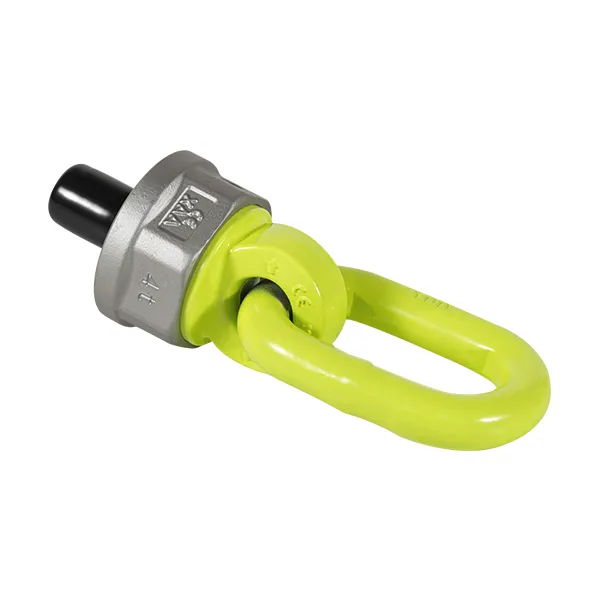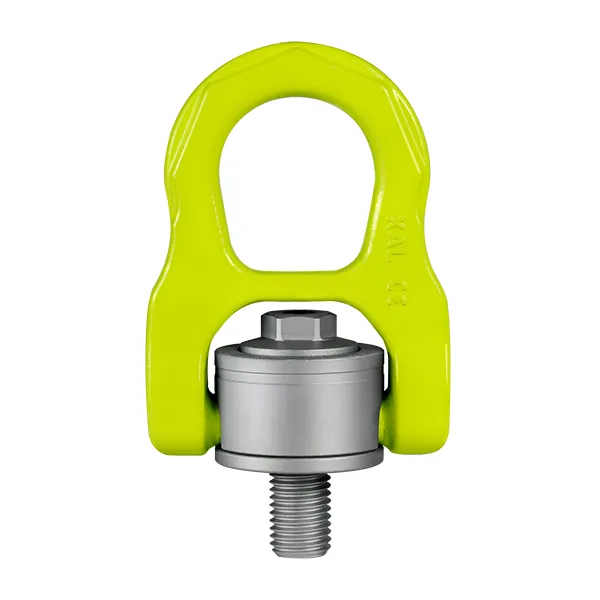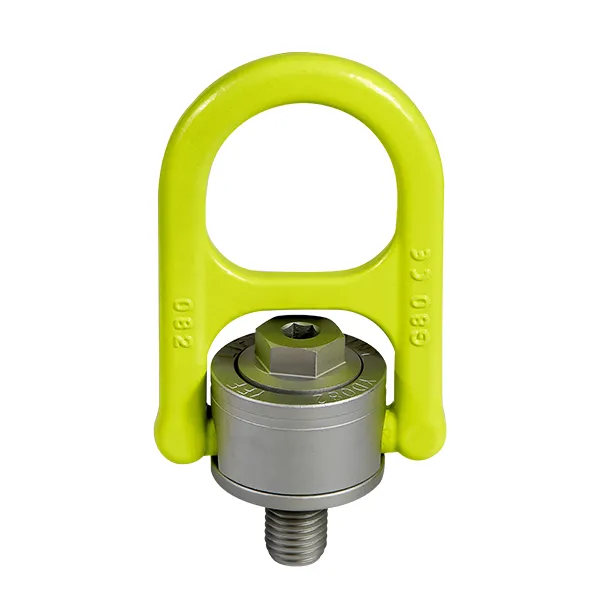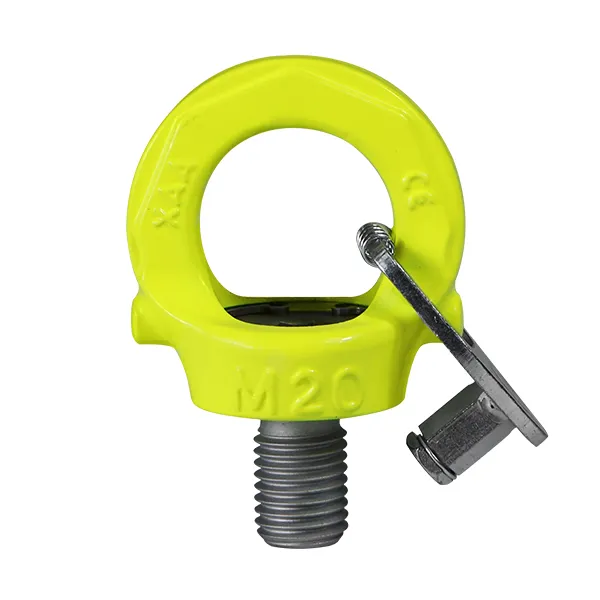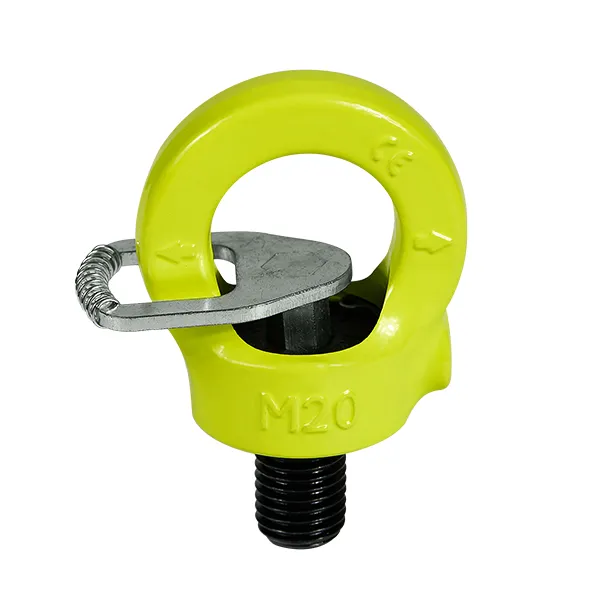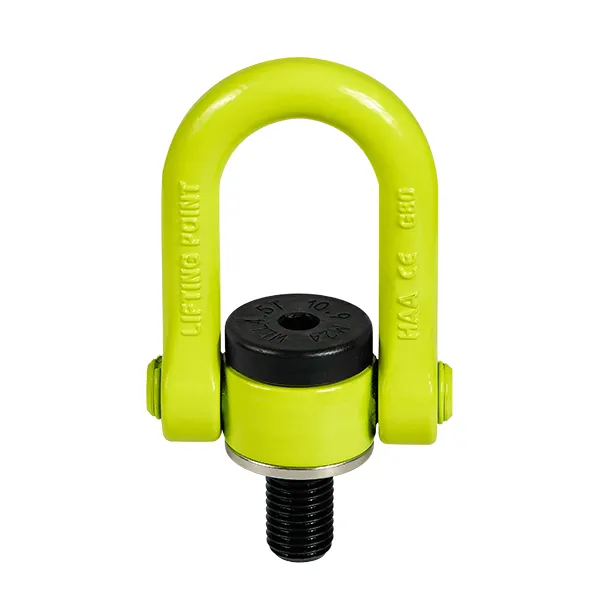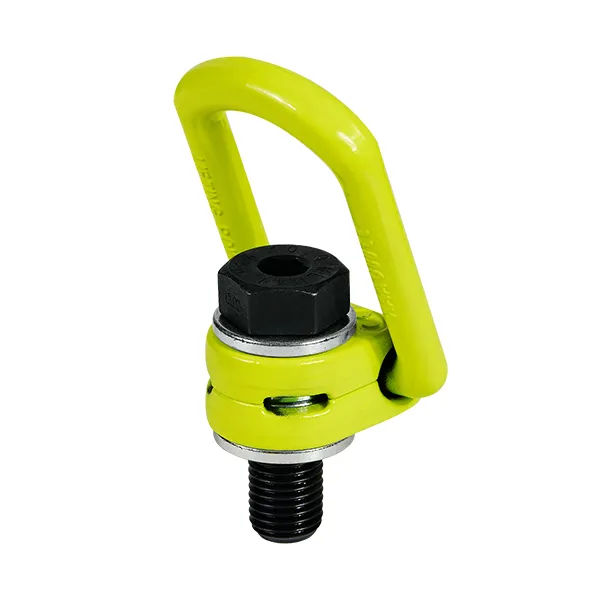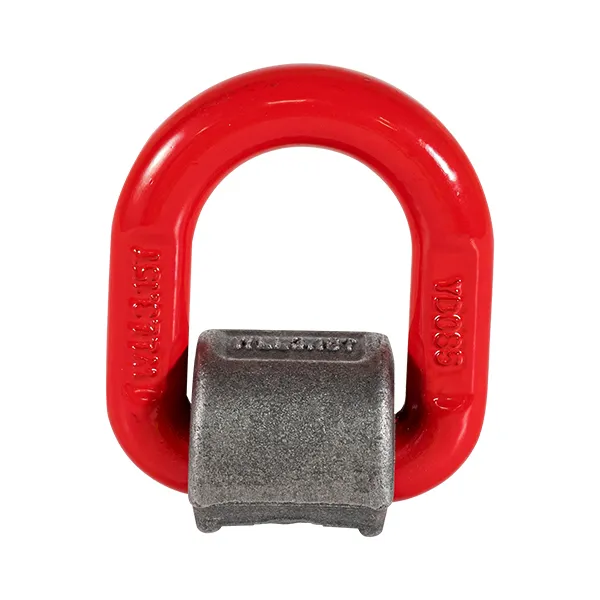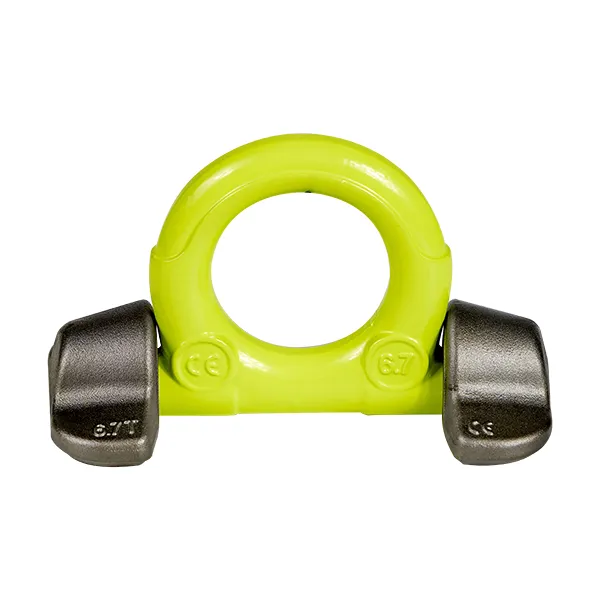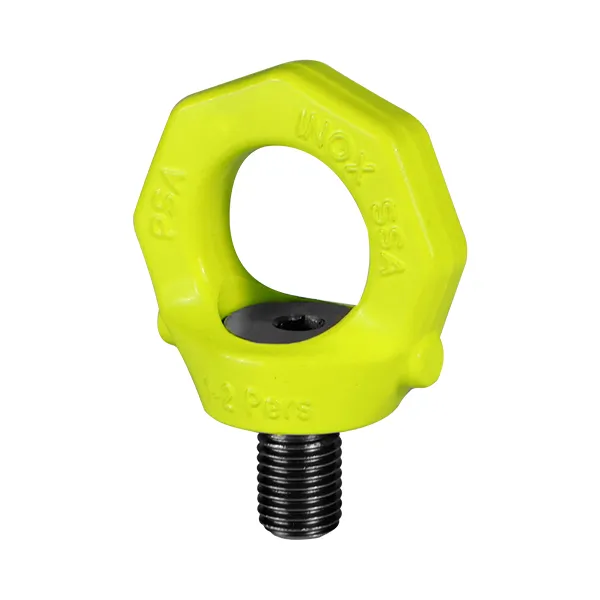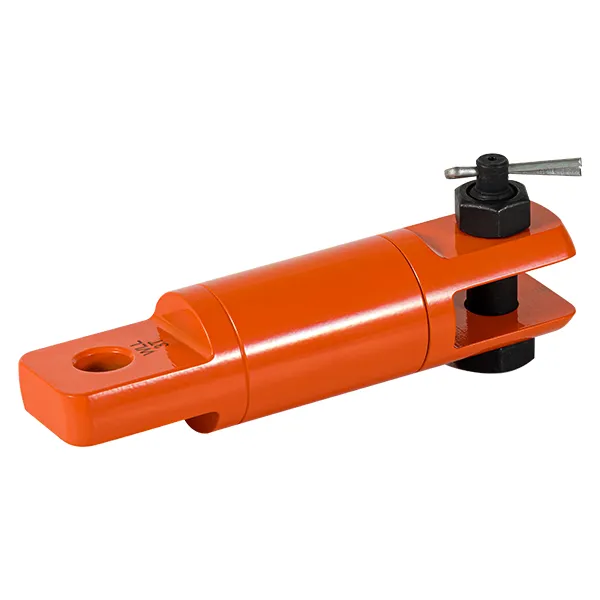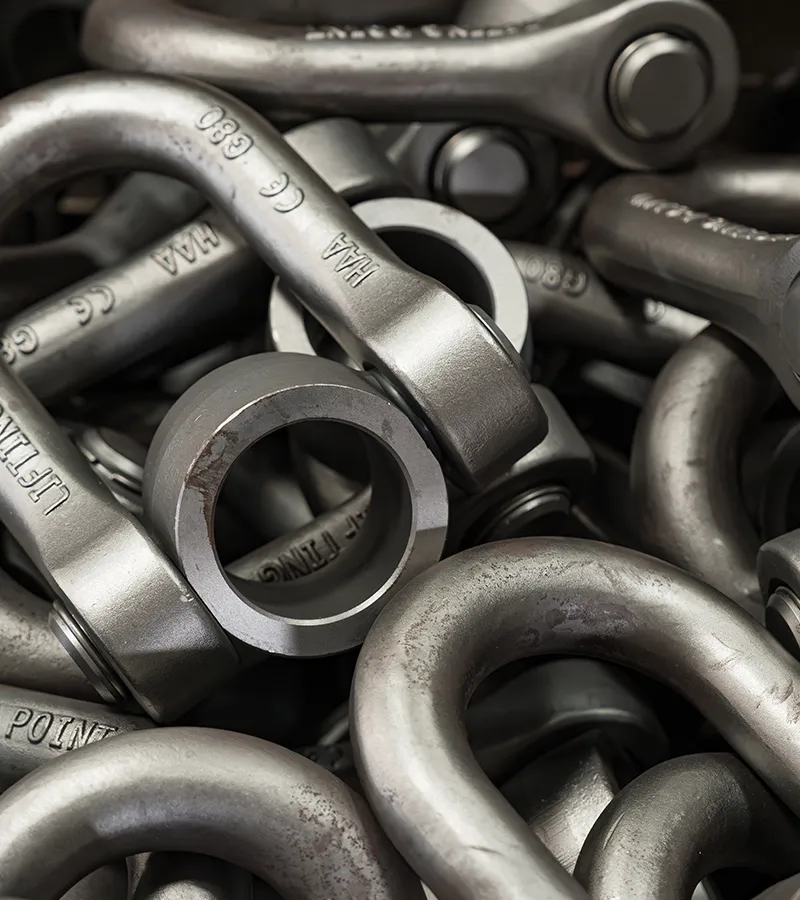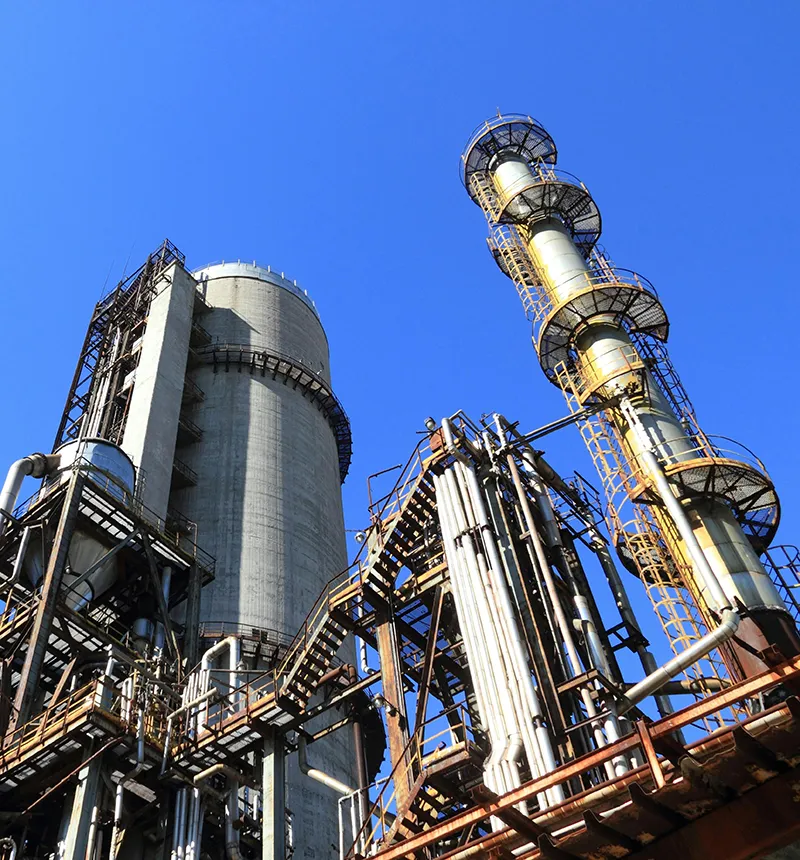
Rigging hardware is typically used alongside cranes and other lifting equipment to hoist machinery to various heights. These projects involve a certain level of risk, making it crucial to have a thorough understanding of the rigging combinations and methods used. Industrial plants often require the lifting and transportation of large equipment, machinery, or components that are typically bulky, heavy, and demand precise handling.
Swivel hoist rings allow such items to rotate freely during lifting operations, enabling adjustments to the direction and angle of the load. This ensures that equipment is safely and accurately positioned at the designated location. For industrial components with irregular shapes or complex structures, it is often necessary to adjust the lifting angle to avoid damage or instability caused by an uneven center of gravity. The lifting points assist in angle adjustments, enhancing the precision and safety of lifting tasks. Common applications include large machinery parts, pipelines, and steel structures that need to be carefully positioned during installation.
In some plants, the transportation of precision instruments or components requires stable lifting operations. Swivel hoist rings minimize vibrations and sway during lifting, preventing damage from excessive movement. This is particularly important for items such as electronic equipment, precision machine parts, molds, and instruments, where stability is critical. During lifting operations, it is essential to carefully inspect the work environment, the materials of the load, its dimensions, and other important factors.

